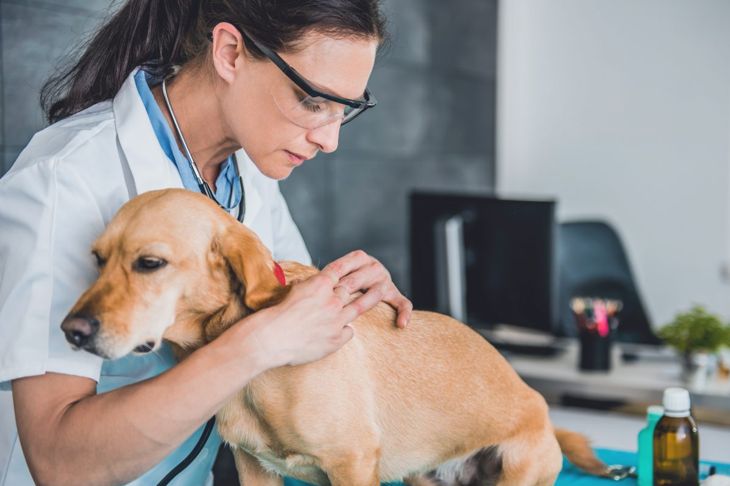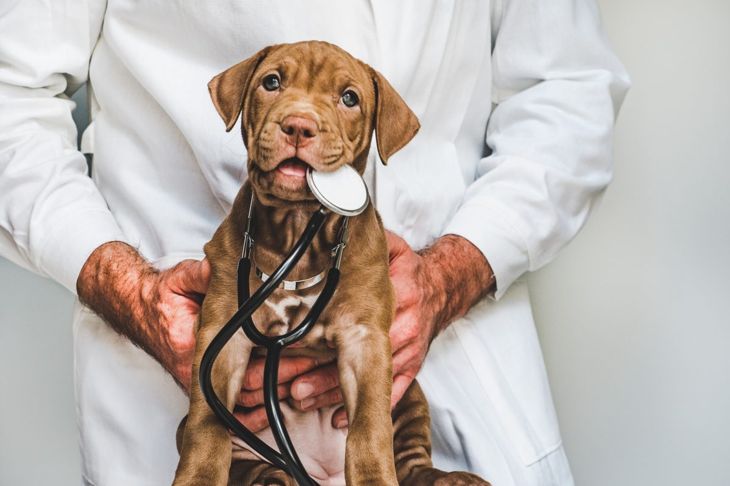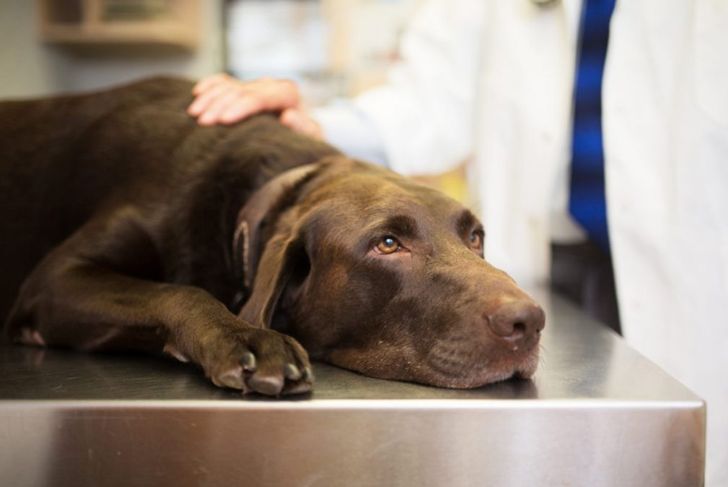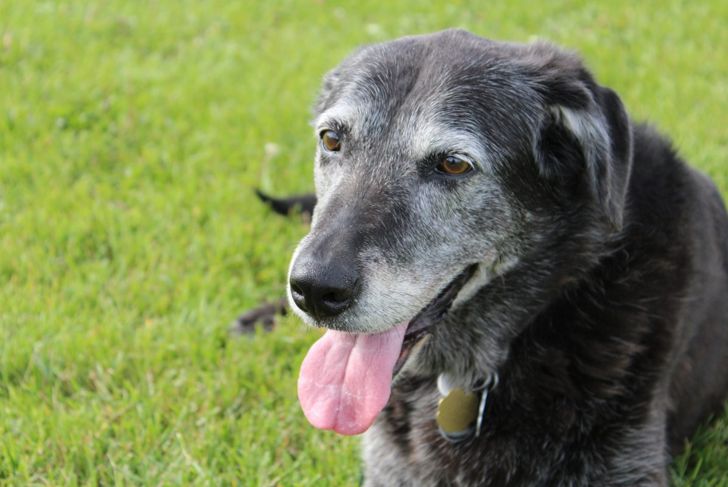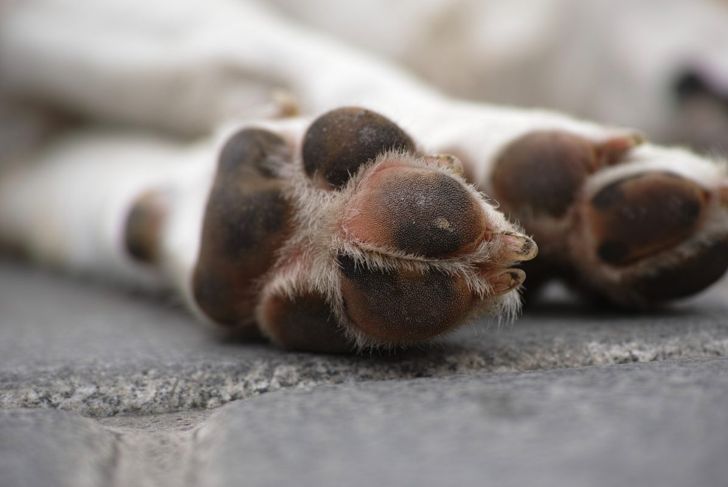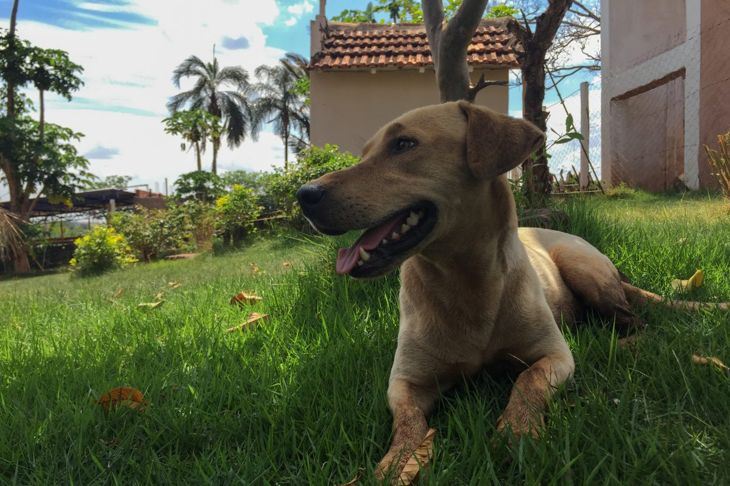Like humans, dogs can develop skin cancer. While a diagnosis can be stressful, many cancers respond well to treatment. The sooner you identify skin cancer, the better the prognosis, and the more likely your dog can live happily and healthy as a member of your family.
Symptoms of dog skin cancer
Dog owners should pay attention to their dogs' skin, specifically looking for newly formed lumps or bumps. Use your hands to find bumps that might be hidden by fur. Frequent grooming ensures you're familiar with your dog's skin, making it easier to identify new growths. Just because you find a lump doesn't mean it's cancerous. Dogs can develop benign fatty lumps, especially as they age. Discoloration may help differentiate between skin cancer and other concerns. Similarly, if the lump changes size or shape or turns into an ulcer, it's time to contact your vet.
Diagnosing skin cancer in dogs
Your veterinarian can help determine whether a bump is cancerous. The process requires a biopsy of skin cells, which requires a pathologist to examine cancerous cells under a microscope and identify how far any cancer has progressed. To retrieve the sample, the vet will make a small surgical incision. Your vet may take biopsies from multiple lumps if your dog has more than one. It's possible for your dog to have some bumps that are cancerous and others that are not.
Treating skin cancer in dogs
If the skin cancer is accessible and small, it may be possible to remove it by surgery. After healing, your dog may show no signs of skin cancer. However, if surgery cannot remove the cancerous cells, it may return. Radiation therapy or chemotherapy is a better option for some skin cancer. Sometimes dogs require multiple rounds of treatment for skin cancer. If your vet isn't comfortable or equipped to provide these treatments, they may refer you to a veterinarian oncologist who specializes in animal cancers.
Causes of dog skin cancer
The most significant factor in canine skin cancer is genetics, and gender can even play a role. However, environmental factors such as chemicals, overexposure to the sun, hormonal abnormalities, and viruses such as the papillomavirus can also contribute to skin cancer in dogs. Canine skin cancer isn't contagious. However, if more than one dog in a household gets skin cancer, it may be time to look at environmental factors.
Squamous cell carcinoma
The most common type of skin cancer in dogs is skin squamous cell carcinoma, which is mostly seen as hard lumps or patches in older dogs on the head, legs, rear, and abdomen, where there is little fur to block the sun. Squamous cell carcinoma is also associated with the canine papillomavirus, for which there is no vaccine.
Cancerous tumors in dogs
Fibrosarcoma and spindle cell tumors are cancers of the connective tissue below the skin. While they grow slowly, they often return after surgical removal, can invade nearby structures, and cause bleeding and infections. They're most common in elderly dogs. Regular histiocytic cells can turn into three types of tumors. Histiocytomas are the most common tumors, but dogs can also develop systemic histiocytosis and malignant histiocytosis, the latter of which impacts the internal organs.
Mast cell tumors in dogs
Mast cell tumors are a common type of skin cancer tumors in dogs. These tumors are commonly found on limbs, but they can also impact internal organs. Mast cell tumors release histamine, which can cause itching and can also contribute to stomach ulcers. Mast cell tumors often spread but are sensitive to radiation therapy.
Melanomas
Dogs can develop malignant (cancerous) or the more common benign (not harmful) melanomas. The former grow quickly and are more likely to spread or metastasize. Malignant melanomas can cause grey or pink lumps, sometimes with ulcers, around the mouth and lips, nails, head, neck, and scrotum. Toe swelling or lost nails can indicate a mast cell tumor in the nail bed that can cause infections and bone damage.
Preventing skin cancer in dogs
Although there is nothing you can do about your dog's genetics, you can minimize the environmental factor contributing to skin cancer. First, you want to prevent your dogs from having too much sun exposure, which you can do by keeping them in the shade, covering them when outside, or applying sunscreen designed for pets. Routinely checking your dog's hormones, along with treating any imbalances, to decrease the likelihood that your dog will develop skin cancer.
Dog breeds most likely to get skin cancer
If you're worried about doggy skin cancer, you might want to avoid breeds such as Miniature and Standard Schnauzers Scottish Terriers, Boxers, Pugs, Rhodesian Ridgebacks, Boston Terriers, Bloodhounds, Basset Hounds, Bulldogs, Greyhounds, Standard Poodles, Chinese Shar-Pei, and Bernese Mountain Dogs, all of which have an increased risk for skin cancer. However, dogs of these breeds may not develop skin cancer, and dogs of other breeds can still get skin cancer, especially as they age.

 Home
Home Health
Health Diet & Nutrition
Diet & Nutrition Living Well
Living Well More
More